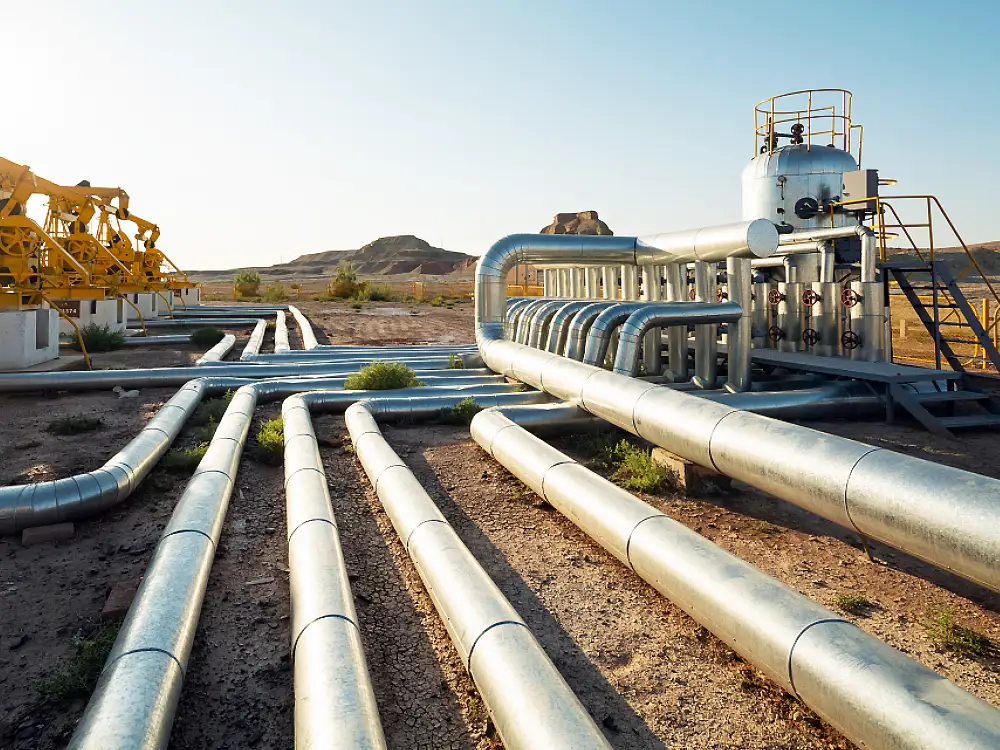
The pipeline system has been serving human beings for many decades. From fluid to gasses, it helps in the transportation process. There are numerous advantages and disadvantages of pipeline transportation. But many people don’t understand them.
Due to this, they tend to believe that road transportation of fluids is a good way of shipping. Both of these transportation methods have their perks. However, I am in favor of pipeline transportation methods. Let’s dive into their pros and cons.
Overview of Pipeline Transportation
Pipeline transportation consists of pipes, pumps, valves, and other components. This system consists of long pipes that transport fluids such as oil, water, and gases. It offers an inexpensive and safe solution for transportation from one location to another.
Imagine a world without a piping system. How would you get a water supply? Oil and gas transportation would have been very slow and inconsistent. However, pipeline transportation has brought about massive changes. Before the 1950s, people relied on concrete pipes that were very small and less durable.
However, these pipes have become one of the most viable options for transporting fluids. They remain buried underground. It won’t be wrong to say that these offer the safest transportation mode. You can easily transport hazardous gasses and harmful liquids. Above all, their running cost is meager, which makes them stand out.
Advantages of Pipeline Transportation
As I said, pipeline transportation offers many unique perks. Because of this, it is considered the primary way of transporting fluids. Let’s discuss each of its advantages in detail.
1- Save Land Resources
First, the pipes in the pipeline system remain under the ground, so they don’t take up much space. These fluids flow underground from the station to the point of use, whereas road transportation would require a lot of free space.
2- Efficiency Continuous Flow
This pipeline transportation system provides a continuous flow no matter what happens. Road transportation does not work in harsh weather. Drivers stop the vehicle when the weather is not suitable, which affects transportation.
However, in the piping system, fluid flow does not regard weather and other factors. The supply of liquid, oil, and gases won’t stop even when the storm hits the area. This makes it very efficient compared to other means.
3- Less Energy Consumption
Road transportation is costly. For example, trucks and loaders use fuel. However, pipeline transportation does not require such fuel. With very little energy consumption, the fluids go to their destination quickly. Less fuel usage means fewer harmful chemicals will go into the environment, which is also beneficial for the environment.
4- Reduced Accidents
Accidents are common on the road. Imagine a truck loaded with oil having an accident. The oil would be wasted, putting the transporter at a loss. However, pipeline transportation has no such issues. The fluid keeps flowing through the pipes without any problems. The chances of leakage are also minimal. This is due to the top-notch quality of the pipes.
5- Reliability with Safety
Pipes can carry flammable fluids and gas. Transporting them by road would be highly risky, as any minor accident could put the liquid at risk. However, pipes are a reliable means of transportation. They can easily transport even the most dangerous fluid, and the chances of leakage are also near zero.
6- Transportation Volume
How much oil can a truck transport in a day? You might use multiple trucks and tanks, but they all have limited capacity. However, the pipeline transportation is excellent in terms of transportation volume. You’ll be able to transport the fluid of tens of millions of tons with ease.
As the pipes remain underground, you can keep them in use for many days. Their continuous use won’t affect the pipes. Moreover, you can transport a high volume of fluid very quickly. This is due to the bigger diameter of these pipes. It won’t be wrong to consider this transportation as the most efficient in terms of volume.
Disadvantages of Pipeline Transportation
Pipeline transportation also has some drawbacks. Because of these, people tend to be more inclined towards road transportation. Here is a list of their drawbacks.
1- Initial Cost
Installing the piping system is very expensive. It can take a lot of money to set it up. For example, if you aim to transport fluid to a specific city, you will have to make a big arrangement. Putting or installing pipes underground will take days. Buying such a long pipe can also be very costly. So, initial costs are one of the reasons why this method is disliked.
2- Lack of flexibility
Imagine you set up a piping system in a specific city. It works well, and you keep transporting the fluid. But what if you change your location? You may need your system to work in different places. In such a case, you will have to install a new piping system. The old system would be useless. This is a big issue, especially for small companies. The pipeline system is single-routed. You cannot change its routine.
3- Regular Maintenance of Valves
Valves are an integral part of pipeline transportation. They help control fluids and gases. However, these valves have a specific life. After some time, they need to be replaced with new valves. Moreover, their regular maintenance can be time-consuming. Moreover, inspecting the pipes for rust and other signs is also important.
Conclusion
Pipeline transportation offers excellent perks and features. What I like about this system is its reliability and efficiency due to uninterrupted flow. Undoubtedly, it is far better than road transportation. The reason is that it does not pose any risk. Although it needs initial investment, it also gives peace of mind in the long run. So, it is worth the investment!
